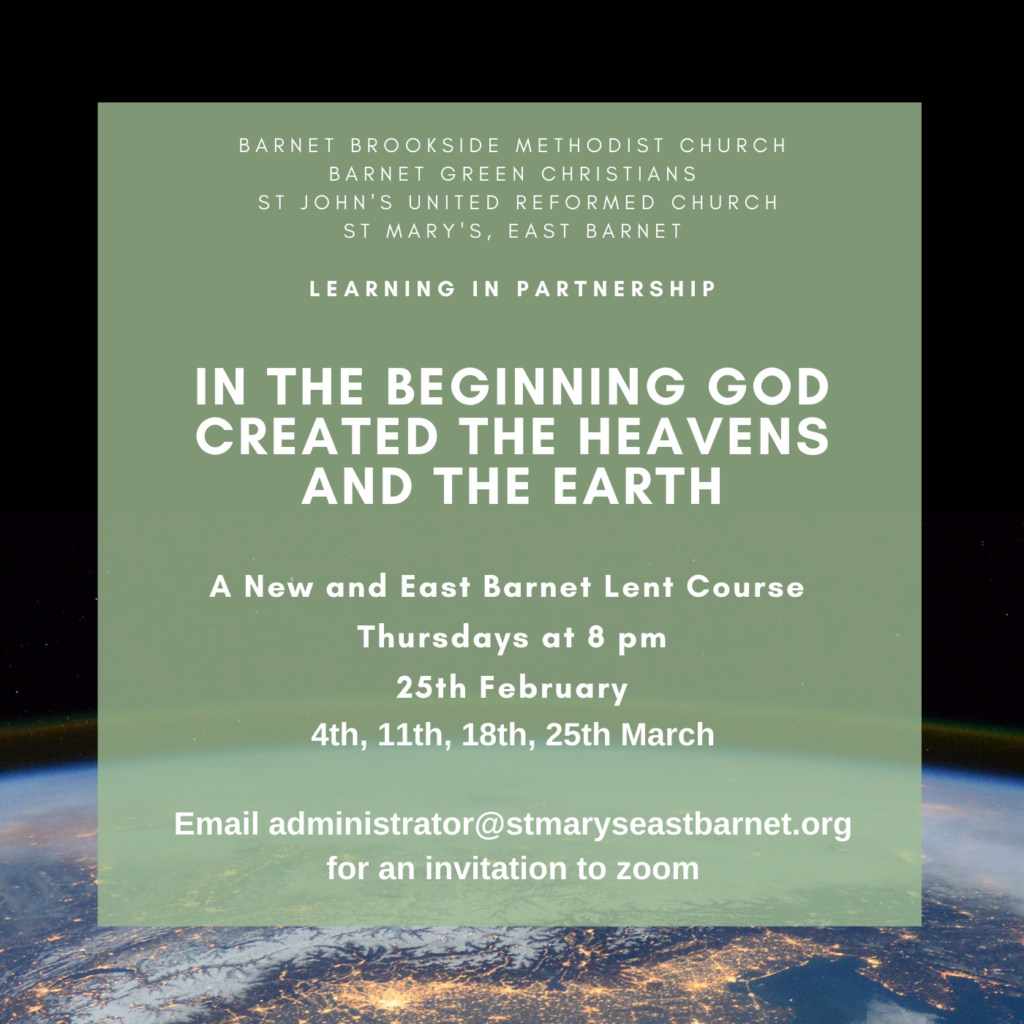Lent is a period of the church’s year that can seem a little formless. In 2021 it will begin on the 17th February and end weeks later with a sudden shift into the steady ritual of the remembrance and re-enactment of the end of Jesus’ life in the Easter story, focussed on Good Friday on the 2nd April, and of his resurrection, focussed on Easter Sunday on the 4th.
While there are traditions of giving up food or luxuries, or taking on new forms of prayer or charity, over Lent’s 40 days as a form of preparation for Easter, these are based on the absence rather than the presence of a defining story that moves us through Lent.
These practices are rooted only in the tradition found in the gospels that, at the start of his time teaching and healing, about 3 years before his death, Jesus spent 40 days in the wilderness alone and without food, in prayer, and before experiencing a period of temptation. Those stories about Jesus going into the wilderness take up only a couple of lines in Matthew, Mark and Luke’s gospels, and they don’t seem to always link with the various traditions with which we might mark our 40 days before Easter. They don’t even mention Jesus preparing for his time in the wilderness with a large helping of pancakes.
They don’t even mention Jesus preparing for his time in the wilderness with a large helping of pancakes.
One powerful attempt to give form to the way we think about what might have occurred during Jesus’ time in the wilderness expands those few words of Matthew, Mark and Luke into a series of 8 paintings. These form the series entitled Christ in the Wilderness by Stanley Spencer, and as well as giving form to an imaginative understanding of what Jesus might been doing during his 40 days in the wilderness, one in particular suggests a helpful form for Christians and those who seek to care for the wellbeing of the world to give to our Lent this year.
This picture is subtitled The Hen, and it shows Jesus curved in a protective ark around a hen and her chicks, and a sparrow. Jesus is looking down attentively, entranced by the birds, and they are hopping about contentedly and calmly within the amphitheatre created by the shape of his body. Jesus is at one with, caring of and inclusive of the love of a mother hen for her chicks, and the natural exuberance and joy-giving character of creation.
Christians are used to thinking of Jesus as the one who is God made human. Perhaps we might also benefit from viewing him, anew, as the one who is God made part of the natural world. In Jesus, God’s creation therefore all receives God’s own self as the gift of God’s caring presence within it.
Jesus is the one who is God made part of the natural world. In Jesus, God’s creation all receives God’s own self as the gift of God’s caring presence within it.
To become sensitive to the interconnection of all that is created, humans need to spend time in contemplation of and to build our awareness of our vulnerability to the power and glory of the natural world. For all that is created, in cuteness, in fierceness, and in oddness, is gathered together within God’s care by a theme of his creation. Just as we who are humans can believe we were created to praise God, we can also sense that the praise of God is fulfilled in the flourishing and the delight in God’s sight of all creatures of the earth.
The Hen shows us this: that we and all creation together can respond to the presence of Jesus, and to the gifts of God in one another, by living together well in praise of God’s glory.
This Lent can be given form and purpose by a decision to link our way of living our lives more deeply with all the world’s praise of God, by spending its 40 days growing our attentiveness to the natural world, and to what we see there that gives form to our own sense of God’s presence, who is praised by all we see and sense and have a duty to steward with care.
